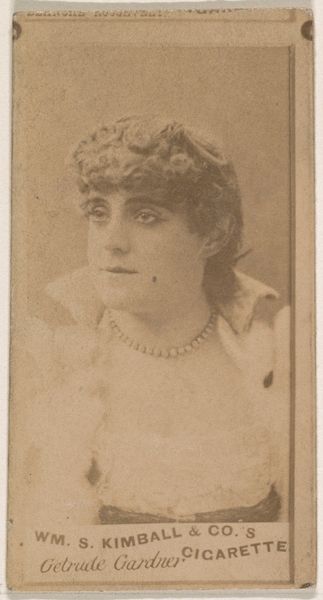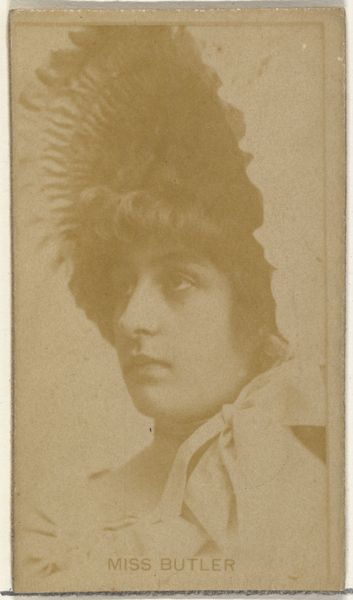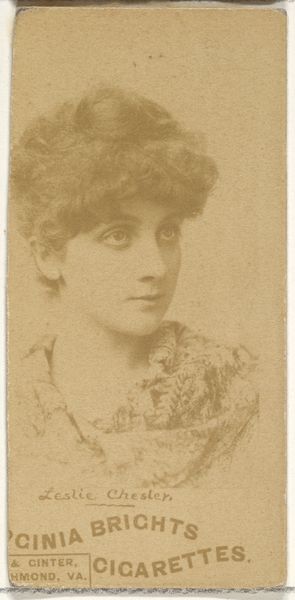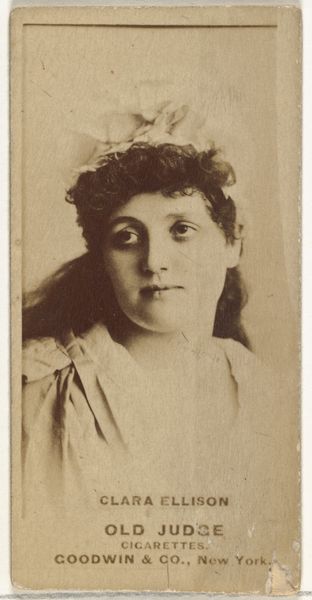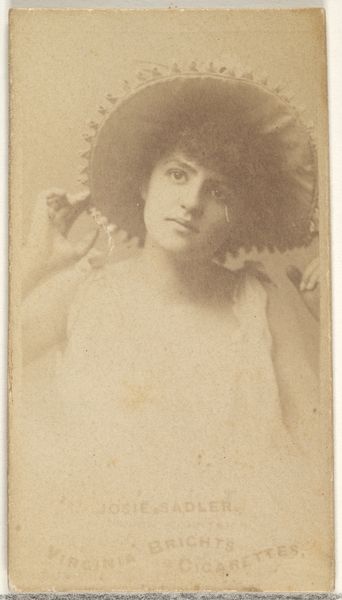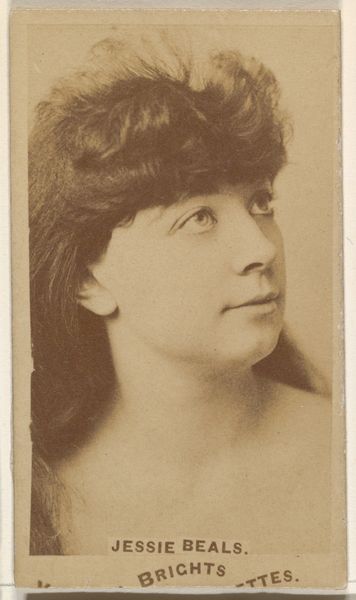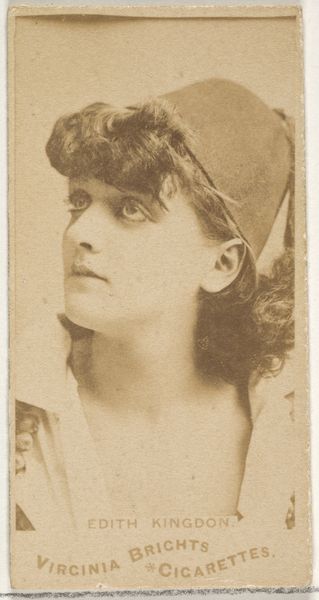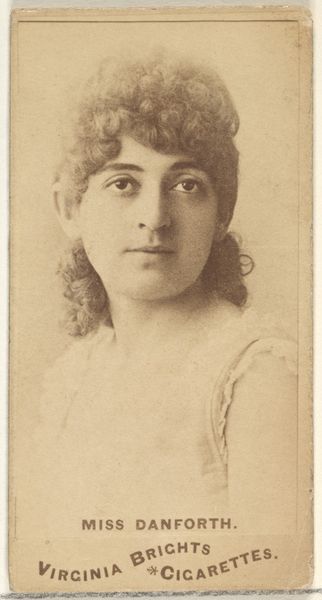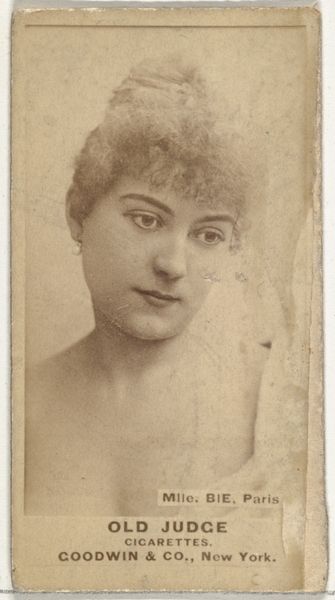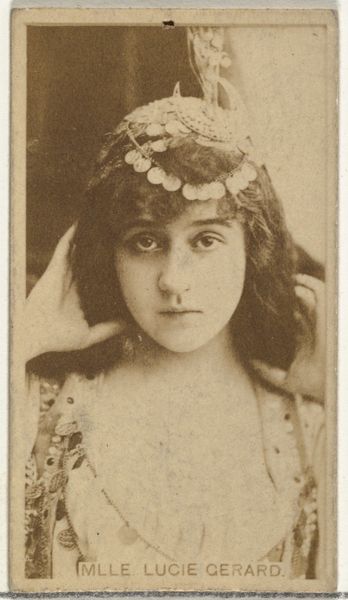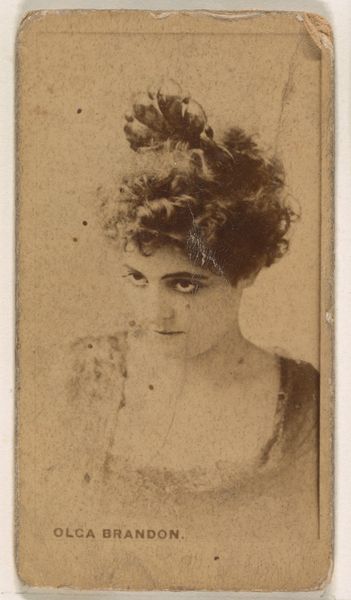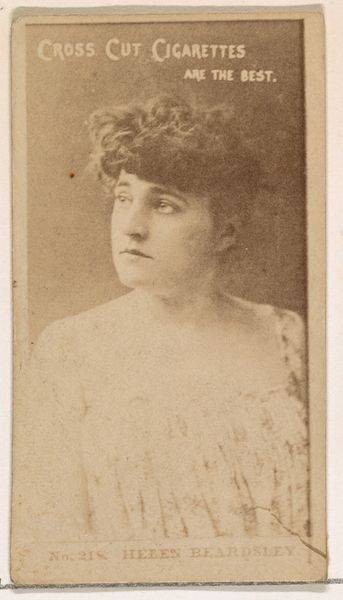
drawing, pastel
#
portrait
#
drawing
#
self-portrait
#
oil painting
#
expressionism
#
portrait drawing
#
pastel
Dimensions: 33.3 x 47.6 cm
Copyright: Public domain
Curator: We’re looking at Adolf Hirémy-Hirschl’s "Portrait of a Young Woman, from Melancholy," created around 1915 using pastel on paper. It immediately strikes one as both intimate and…remote. Editor: Yes, that sense of remoteness comes through immediately. The muted palette and the subject’s averted gaze suggest a deep introspection or perhaps an inaccessible grief. It feels almost like a captured thought. Curator: Notice how the artist has used a limited palette to intensify the effect. The juxtaposition of the warm orange background with the cooler blues around her face creates a visual tension. It draws attention to her expression and underscores a kind of isolation. The application of pastel here is crucial; its softness diffuses light, further adding to that intangible atmosphere. Editor: Indeed, that blue creates an ethereal halo, which has strong iconographic significance when you think about how halos are traditionally rendered in art history, giving her a near-saintly, melancholic aura, while her gaze, directed slightly upward and to the left, is suggestive of contemplation or a longing for something beyond the present. Curator: The composition also leads the eye upward—her hairstyle mirrors this inclination—almost in a pursuit for transcendence, in a sense. Formally, the upward lines are subtle, almost subliminal, directing focus on the very peak of the drawing where the colors have greatest diffusion. The diffuse rendering stands in contrast to the highly resolved aspects of her visage, emphasizing her human presence in the midst of some unknowable moment. Editor: Absolutely. There’s a strong connection to fin-de-siècle Symbolism and a distinct turn towards psychological interiority in visual culture. One could read this as representing an almost universal figure of Melancholy, resonating with the profound anxieties of the time, as Europe moved closer to World War One. Curator: So, we see the melding of stylistic choices and symbolic representation reflecting the unease of a particular moment in history. A true integration of technique and expression. Editor: Yes, a simple pastel portrait that actually captures the complex emotional tenor of a particular era.
Comments
No comments
Be the first to comment and join the conversation on the ultimate creative platform.
